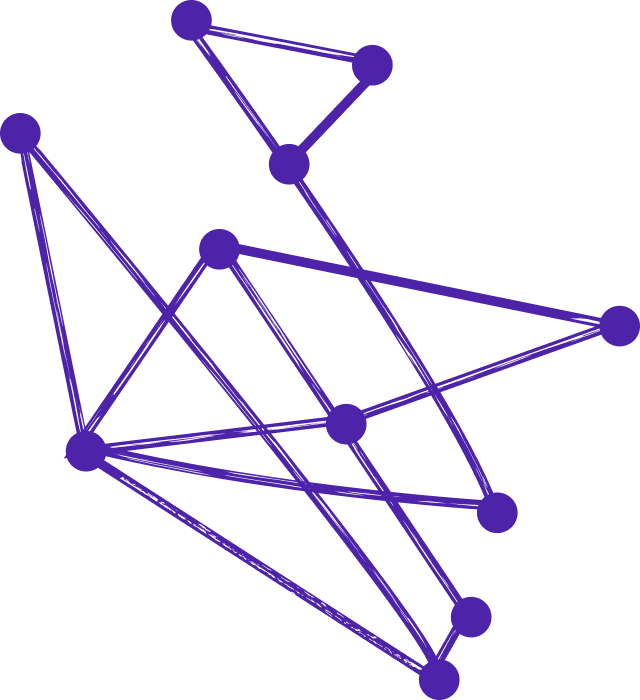
what is tensorflow in machine learning
TensorFlow in Machine Learning
At its core, TensorFlow utilizes a dataflow graph to represent computations as a series of nodes interconnected by edges. These nodes represent mathematical operations, while the edges represent the multidimensional data arrays, known as tensors, that flow between them. This graph-based approach allows for efficient parallel execution and automatic differentiation, making TensorFlow powerful for training complex models on large datasets.
One of the key strengths of TensorFlow lies in its extensive ecosystem and vast array of pre-built functions and tools. It provides a high-level API, known as Keras, which simplifies the process of building and training neural networks. Additionally, TensorFlow offers a wide range of pre-trained models, known as TensorFlow Hub, which can be readily used or fine-tuned for specific tasks. This wealth of resources significantly accelerates the development process and enables developers to focus on higher-level tasks.
TensorFlow supports a multitude of applications, ranging from computer vision and natural language processing to reinforcement learning and generative models. It has been widely adopted by both academia and industry, powering numerous real-world applications across various domains. Its versatility and performance have made it a popular choice for researchers, developers, and data scientists alike.
Furthermore, TensorFlow's compatibility with different programming languages, including Python and C++, allows for seamless integration into existing software ecosystems. This flexibility enables developers to leverage TensorFlow's capabilities in conjunction with other libraries and frameworks, enhancing the overall functionality and performance of their applications.
In terms of optimization, TensorFlow provides several techniques to improve model performance and efficiency. For instance, it supports distributed computing, enabling the training and inference of models across multiple devices or machines. TensorFlow also incorporates hardware-specific optimizations, such as GPU acceleration, to leverage the full potential of modern computing architectures.
In conclusion, TensorFlow is a state-of-the-art machine learning library that empowers developers to create and deploy advanced models with ease. Its graph-based computation, extensive ecosystem, and compatibility with multiple programming languages make it a powerful tool for tackling complex machine learning tasks. Whether you are a researcher, developer, or data scientist, TensorFlow provides the necessary tools and resources to push the boundaries of AI and drive innovation in various industries.
Let’s build your next digital product — faster, safer, smarter.
Book a free consultationWork with a team trusted by top-tier companies.








